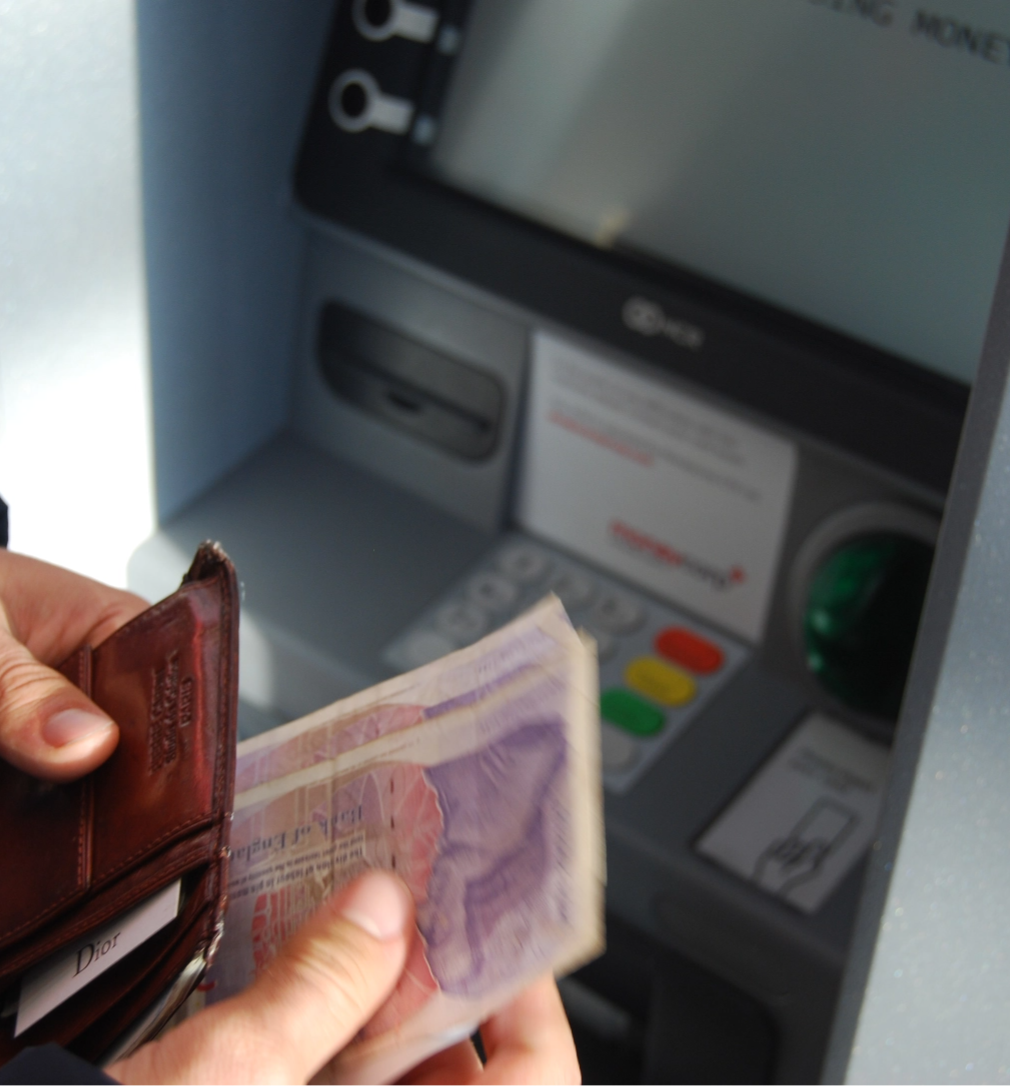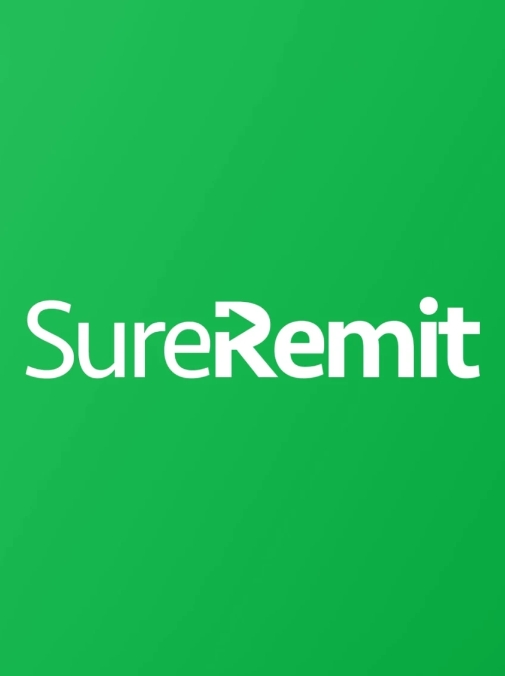Understanding
Blockchain technology
Decentralized architecture, verified transactions, and an immutable application- These are some attributes that come with blockchain integration with your business.
Every now and then, any business, no matter what industry it belongs to, grows. This growth is usually promoted by changing and forever-growing business environments and industry innovations. A significant part of this growth today is technology. And the biggest revolution that technology is bringing in recent times is blockchain.
It has become obligatory for businesses and organizations to be open to radical changes in order to have a sustainable strategy of doing business and stay relevant indefinitely. Blockchain is one such revolution that will bridge businesses and the future. Let’s see how the real estate industry will benefit from this novel technology.

Correspondent banking is a distinctive feature of cross-border payments, due to the lack of a worldwide infrastructure of clearing and settlement. Clearing entails the exchange of relevant payment information between the payer's and payee's accounts, and the calculation of claims to settle. The settlement is the final discharge of a valid claim by moving funds from the payer's account to the payee's account.
Money can be considered where blockchain technology has its origin. Bitcoin, when it was launched, also opened gates to the use of the technology throughout various businesses and industry applications. Looking at the blockchain applications for banking, it is bound to revolutionize the way finance works globally. Talking about global transactions, blockchain will also make remittance as easy as it could be.
What stops people from banking on
these global banking institutions?
On one hand, there has been a trend towards narrowing interest-rate spread and declining the profitability of commercial banks. On the other hand, there has been increasing credit risk and non-performing assets.
Although, after the boom of the internet finance provision, the marketization of the financial sector has also multiplied. On the other hand, information on these banking services is limited for the end-user, and that is keeping them from trusting these advancements.
The biggest issue that blockchain is going to overcome for most industries is either removal or channelizing of the intermediaries. At its core, disintermediation requires complete decentralization.
The global average for the current cost of sending $200 remittance is approximately 7 percent according to the World Bank. If we look at the 2018 data of remittances, $689 billion were transacted. 7% of that would roughly amount to $48 billion spent solely on operational cost. The intermediaries in these transactions not just make it expensive, but also might take days, or even weeks to get transferred.
SERVICES
How does blockchain add value
to banking and remittance?
Banks might seem to take a step back when it comes to the provision of direct remittance services, and correspondent banking relationships fuel formal remittance services, indirectly. Correspondent Banking is a continuous arrangement between financial institutions that enable banks to provide services in countries where they do not directly operate. It covers cash management, international wire transfers, check clearing, payable-through accounts, and foreign exchange services. Nostro-Vostro banking, which is basically banks keeping money at other banks is a big contribution to the intermediary cost. According to the IMF and World Bank, blockchain technology in banking exhibits promise by introducing shared ledgers without the need to establish centralized clearinghouses, making Nostro and Vostro accounts redundant.
Payments and remittances have been a crucial use case of blockchain technologies since their inception. Bitcoin, the first-ever blockchain promised to manage a distributed payment network without a centralized institution for accounting, clearing, and settlement institution.
The application of blockchain technologies in correspondent banking centers on interoperability, i.e., with the mutual visibility of ledgers, standards, payment infrastructures, and of individual customers and transactions. Blockchain technologies promise interoperability through shared ledgers held by all banks operating cross-border remittances. In 2017, the IMF outlined some of the potential use cases of blockchain technologies in correspondent banking, focusing on risk management, cost reduction, and real-time settlement.
There are many other value-based points that the technology has to offer to the ecosystem of finance, custom to correspondent banking and remittance industry- outside the cryptocurrency world. But let’s look at one example for better reference.
Unlike the traditional system of remittance transfer that involves multiple intermediaries, the introduction of blockchain will cut down the intermediary to just a mobile wallet and the sender and receiver banks.
SureRemit is one such project that we undertook to create a global ecosystem for non-cash remittances. SureRemit leverages on the merchant network of SureGifts and her global partners, to enable immigrants to send e‑vouchers. These vouchers can be used to make purchases of goods and services at various quality merchants.
With SureRemit, you can pay bills globally. With the application, we have enabled all types of transactions. From paying bills, sending vouchers, airtime top-ups, making donations, anything will be done in lesser time, more efficiently, transparently, and with lesser effort.

The future of money is definitely not paper cash and metal coins. Remember when the whole world was divided between being in awe of plastic money and the rest being skeptical of the same? Something similar is happening with the idea of money and blockchain, especially in the banking and remittance industry. It is ironic that a technology that is designed to enable trust is not being trusted itself. A lot of it has to do with the taboo created because of the bitcoin bubble and it’s burst.
When global financial authorities like the International Monetary Fund and the World Bank themselves have started investing in research, development, and investment of resources in blockchain technology, the only hurdle between other organizations is the willingness to take the risk for something that other institutions have already tried and tasted the fruit of its success.
References
1.
Cocco, Luisanna; Pinna, Andrea; Marchesi, Michele. 2017. "Banking on Blockchain: Costs Savings Thanks to the Blockchain Technology." Future Internet 9, no. 3: 25.
https://www.mdpi.com/1999-5903/9/3/252.
Wang Wei. Review and Outlook of China’s Banking Industry for the First Half of 2016 [J]. Report by Pricewaterhouse Coopers, 2016-09.
3.
Rella L (2019) Blockchain Technologies and Remittances: From Financial Inclusion to Correspondent Banking. Front. Blockchain 2:14. doi: 10.3389/fbloc.2019.00014
https://doi.org/10.3389/fbloc.2019.000144.
International Monetary Fund. "Recent Trends in Correspondent Banking Relationships—Further Considerations." (2017).
5.
Folkinshteyn, Daniel and Lennon, Mark M. and Reilly, Tim, The Bitcoin Mirage: An Oasis of Financial Remittance (February 15, 2015). Journal of Strategic and International Studies, Forthcoming
https://ssrn.com/abstract=26016216.
Rambure, D., and Nacamuli, A. (2008). Payment Systems: From the Salt Mines to the Board Room. New York, NY: Palgrave Macmillan. doi: 10.1057/9780230227217
7.
Guo, Y., Liang, C. Blockchain application and outlook in the banking industry. Financ Innov 2, 24 (2016).
https://doi.org/10.1186/s40854-016-0034-9
INDUSTRIES
Industry Solutions through Blockchain development
Explore how the industry 4.0 functionalities have revolutionized with the added layer of blockchain technology.

The most common questions
Find answers to commonly asked questions in our FAQ section.












